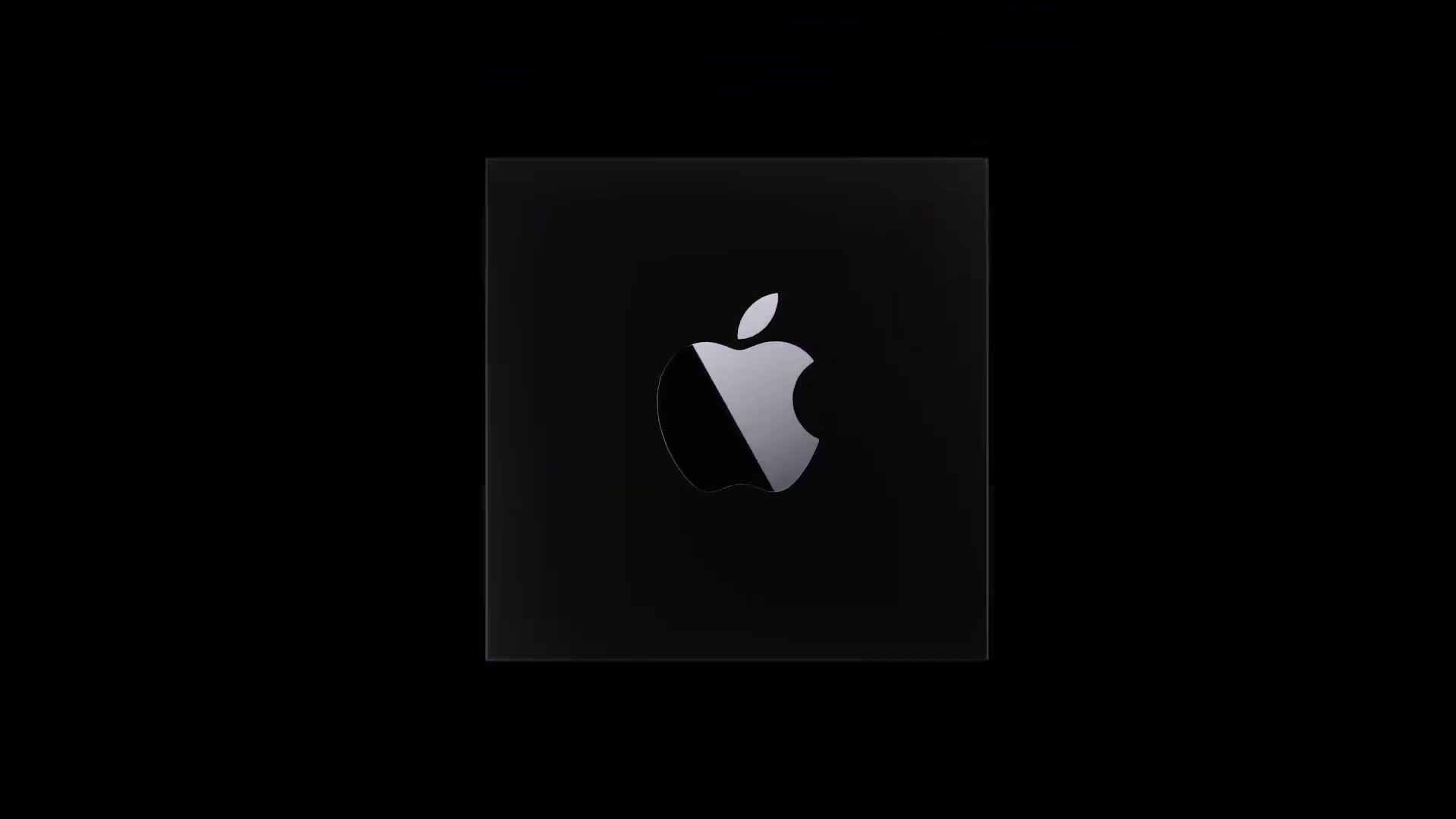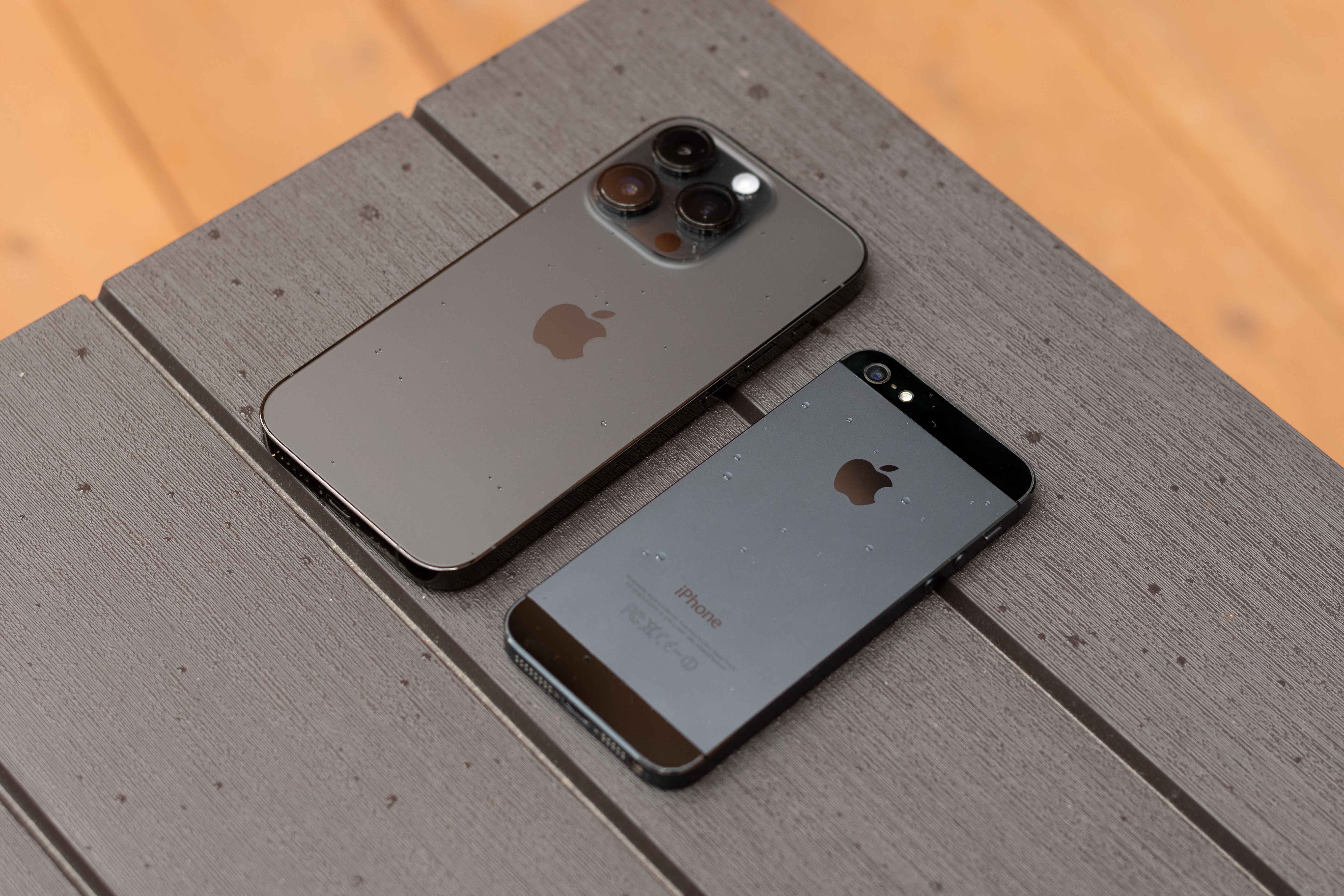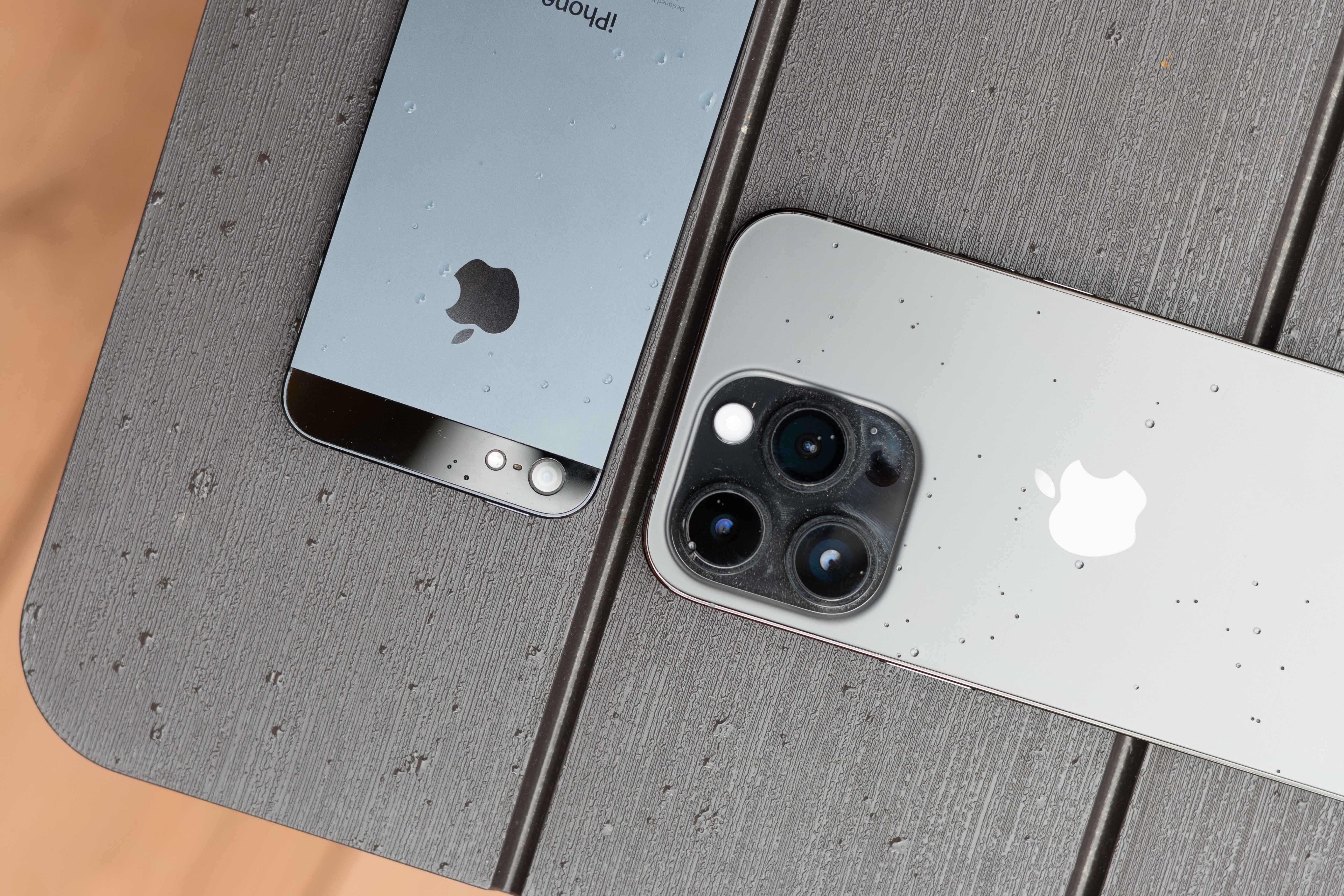Apple came up with a rather strange change for the new iPhone 14 series, when only the Pro models were fitted with the new Apple A16 Bionic chip. The basic iPhone 14 has to settle for last year's A15 version. So if you are interested in the most powerful iPhone, then you have to reach for the Pročka, or count on this compromise. During the presentation, Apple also highlighted that its new A16 Bionic chipset is built on a 4nm manufacturing process. Understandably, this information pleasantly surprised many people. Reducing the production process is practically a priority, which brings with it higher performance and better efficiency in terms of energy consumption.
It could be interest you

The last Apple chips A15 Bionic and A14 Bionic built on the 5nm production process. However, there has been talk among apple lovers for a long time that we could expect a great improvement relatively soon. Respected sources most often talk about the possible arrival of chips with a 3nm manufacturing process, which could bring another interesting performance leap forward. But this whole situation also raises many questions. Why, for example, do the new M2 chips from Apple's Silicon series still rely on the 5nm manufacturing process, while Apple promises even 16nm for the A4?
Are iPhone chips ahead?
Logically, one explanation therefore offers itself - the development of chips for iPhones is simply ahead, thanks to which the aforementioned A16 Bionic chip with a 4nm production process has now arrived. In reality, however, the truth is completely different. Apparently, Apple "embellished" the numbers a bit in order to present a greater difference between basic iPhones and Pro models. Although he directly mentioned the use of the 4nm manufacturing process, the truth is that in fact, it is still a 5nm manufacturing process. The Taiwanese giant TSMC takes care of the production of chips for Apple, for which the N4 designation plays a key role. However, this is only TSMC's "code" designation, which is used to mark the improved earlier N5 technology. Apple only embellished this information.
After all, this is also confirmed by various tests of the new iPhones, from which it is clear that the Apple A16 Bionic chipset is only a slightly improved version of the year-old A15 Bionic. This can be seen very well on all kinds of data. For example, the number of transistors increased "only" by a billion this time, while moving from the Apple A14 Bionic (11,8 billion transistors) to the Apple A15 Bionic (15 billion transistors) brought an increase of 3,2 billion transistors. Benchmark tests are also a clear indicator. For example, when tested in Geekbench 5, the iPhone 14 improved in the single-core test by about 8-10%, and even slightly more in the multi-core test.
| Chip | Apple A11 | Apple A12 | Apple A13 | Apple A14 | Apple A15 | Apple A16 |
| Cores | 6 (4 economical, 2 powerful) | |||||
| Transistors (in billions) | 4,3 | 6,9 | 8,5 | 11,8 | 15 | 16 |
| Manufacturing process | 10 nm | 7 nm | 7 nm | 5 nm | 5 nm | "4nm" (5nm realistically) |
In the end, it can be summed up simply. iPhone chips are no better than Apple Silicon processors. As we already mentioned above, Apple embellished this figure in order to present it as a relatively important step forward. For example, the competing Snapdragon 8 Gen 1 chipset found in the flagships of rival phones with the Andorid operating system actually builds on the 4nm manufacturing process and is theoretically ahead in this respect.

Improvement of the production process
Even so, we can more or less count on the arrival of improvements. There has been talk among Apple enthusiasts for a long time about an early transition to the 3nm production process from the TSMC workshop, which could come for Apple chipsets as early as next year. Accordingly, these new processors are also expected to bring fairly major improvements. Apple Silicon chips are most often talked about in this regard. They could fundamentally benefit from the transition to a better production process and move the overall performance of Apple computers forward by several levels again.
It could be interest you








So Apple does not use 4nm for the A16, but 5nm, which received some improvements, but it is still 5nm.